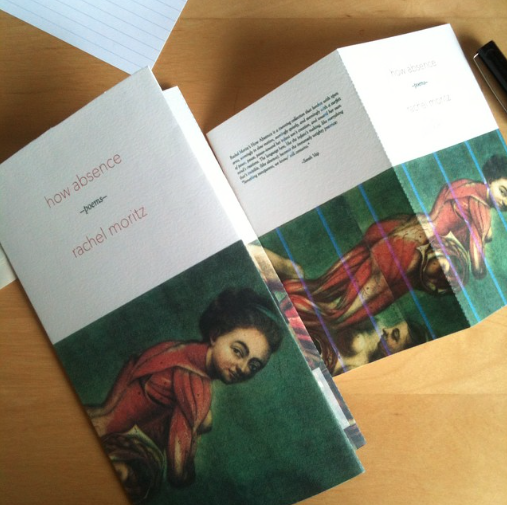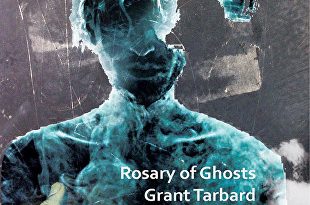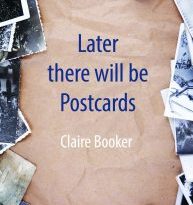Snowbird by Jessamine O Connor
– Reviewed by Grant Tarbard –
Living by a lake in County Sligo, Ireland, Jessamine O Connor dips into an ink well of water and writes of the earth in these nineteen poems. Snowbird is her third chapbook, after Hellsteeth and A Skyful of Kites.
With its beautiful mandala dandelion cover, designed by Gavin Porter, just what is a snowbird?
- Snowbird means a person who migrates southward in winter from higher latitudes and colder climes to warmer nests.
- A snowbird is a songbird with a brown head and chest and a white beer belly.
- I have a vague recollection of one of the X-Men being named Snowbird, able to change into snow white versions of wolves and bears. No one knows what her true form is, although my X-Men knowledge is pretty riddled with rust.
In this instance, Snowbird is the poet Mary Noonan’s house, in which case I’d say the second definition of snowbird would apply, unless Noonan is a deep cut X-Men fan. ‘Snowbird’ is a competent poem about saying goodbye to a loved one:
If I had known, I would have said goodbye years before.
Not at the artificial grass graveside
or the airtight TV room where you all sat like stuffed animals,
but at your table, over the paintbrushes
Let’s begin at the begin at the begin, it’s not too late. This is a love poem with the brushstrokes of Heaney, about the poet’s infatuation with the breath of her home. Indeed I hear his voice while reading:
I open my craggy arms, my cliffs,
this shift of whirling gulls
The opening poem, the door to the nineteen, is effective, stirring and even mildly erotic:
and when you’re close enough
I’ll lift up the rough cloth
of my hedges, fields and loughs,
wrap its patchwork cloak around you
‘Sleepless Lough Gara’ is a pretty vignette of the lake the poet lives by. The poem strips the lake naked, doesn’t try to clothe it in jingoistic pride of nation. Simple, uncluttered, grand:
In the dark
The Lough is singingA glockenspiel choir
Of arctic geeseSqueezing through
The bedroom window
I love these sounds of O Connor’s surroundings squeezing through her bedroom window. This is the book’s most effective poem: it’s not modular, it’s of or involving a congregation of spirits, invoking the Gaelic cathedrals of eiderdown magha.
‘To the Oxford University Press- regarding the updated Junior Dictionary’ throws up a bone of contention against said good book. The poet plunders the landscape of her childhood memories and uses them in a cut up of acorns, bluebells and newts. I’m not aware of the problem with said book; O Connor lays the base coat down:
A dictionary teaching children that trees,
birds, and a whole fieldful of grass are not real
It’s an argument that Wordsworth, Blake and Whitman had that is just as acute now, as O Connor explains:
A Buttercup can’t tell you anything
about the lactic tastes of an iPod,
and no one climbs Beech trees
or gathers Hazel nuts these days
O Connor calls the dictionary’s bluff with the refrain
or so you must hope
because you’ve hidden the words
where children can’t find them.
William Carlos Williams said that anything is fit for the purpose of poetry, and the purpose of O Connor’s poetry is the nature of home. These nineteen poems play it safe, but with heart, not the pandering to the judges kind of buttoned up poetry, and that’s refreshing. Along with safe goes cosy: this chapbook has its slippers on, and I’d like to hear the poet’s imagination get out of second gear. These poems, as they are, won’t pierce the sky, but they’re content in their dominion of the sleepy rivulets trickling out of O Connor’s well of water.
The chapbook doesn’t quite hit the spot for me, but what it does – poetry about a place –it does well.





